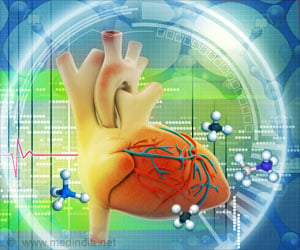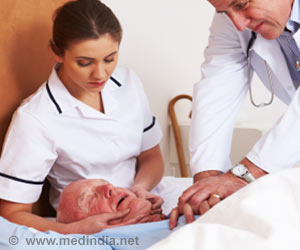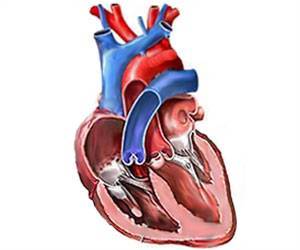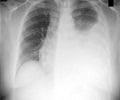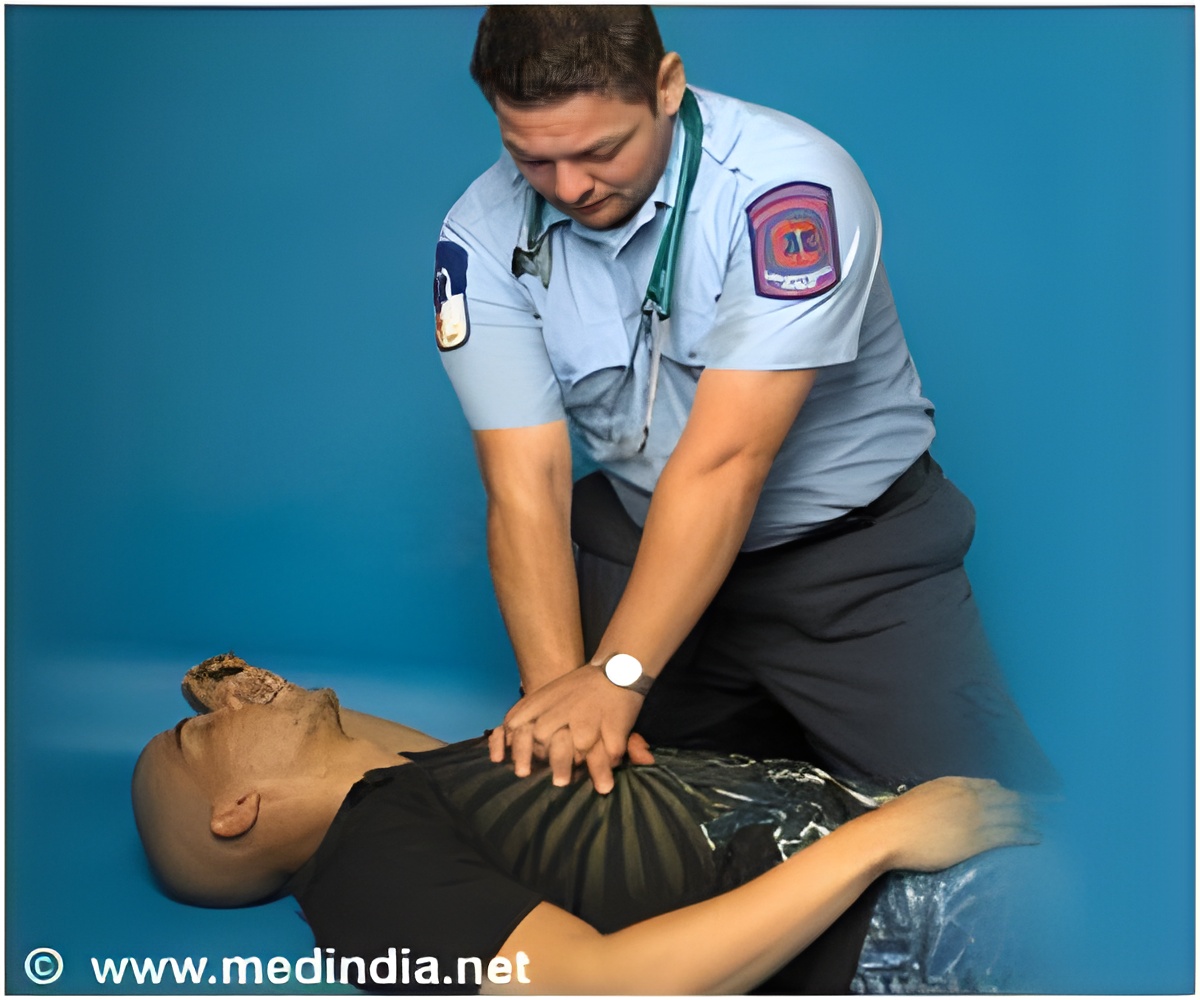
‘Heart Safe program encourages and supports the efforts of individual communities to increase public awareness about cardiac arrest and improve the use of cardiopulmonary resuscitation and automated external defibrillators.’
Tweet it Now
Communities that meet CPR education and AED placement guidelines receive Heart Safe Community designation. The study examines the early impact of these community-based initiatives on the delivery of CPR and use of AEDs prior to ambulance arrival."Chest compressions and AED placement are critical first steps in the chain of survival that can be performed by citizens and first responders, so engaging the public is crucial," said Lori Boland, principal research scientist for Allina Health EMS and lead author of the study.
"The American Heart Association provides clear guidelines on how to optimize survival after cardiac arrest, and our results show the Heart Safe program has been effective in helping communities translate those guidelines into practice."
The study looked at 294 OHCA events in 17 communities, 120 that occurred before these communities were Heart Safe (HS) designated and 174 that occurred after. In the 120 instances that occurred before HS designation 83 percent received CPR prior to EMS arrival and 63 percent had an AED applied. But in the 174 OHCAs after HS designation, 95 percent received CPR and 77 percent had an AED applied.
"This paper confirms our belief that training the public results in increased bystander CPR and AED rates," said Dr. Charles Lick, Allina Health Emergency Medical Service medical director and a coauthor of the report.
Advertisement
Source-Eurekalert

